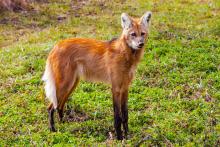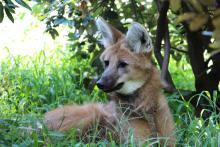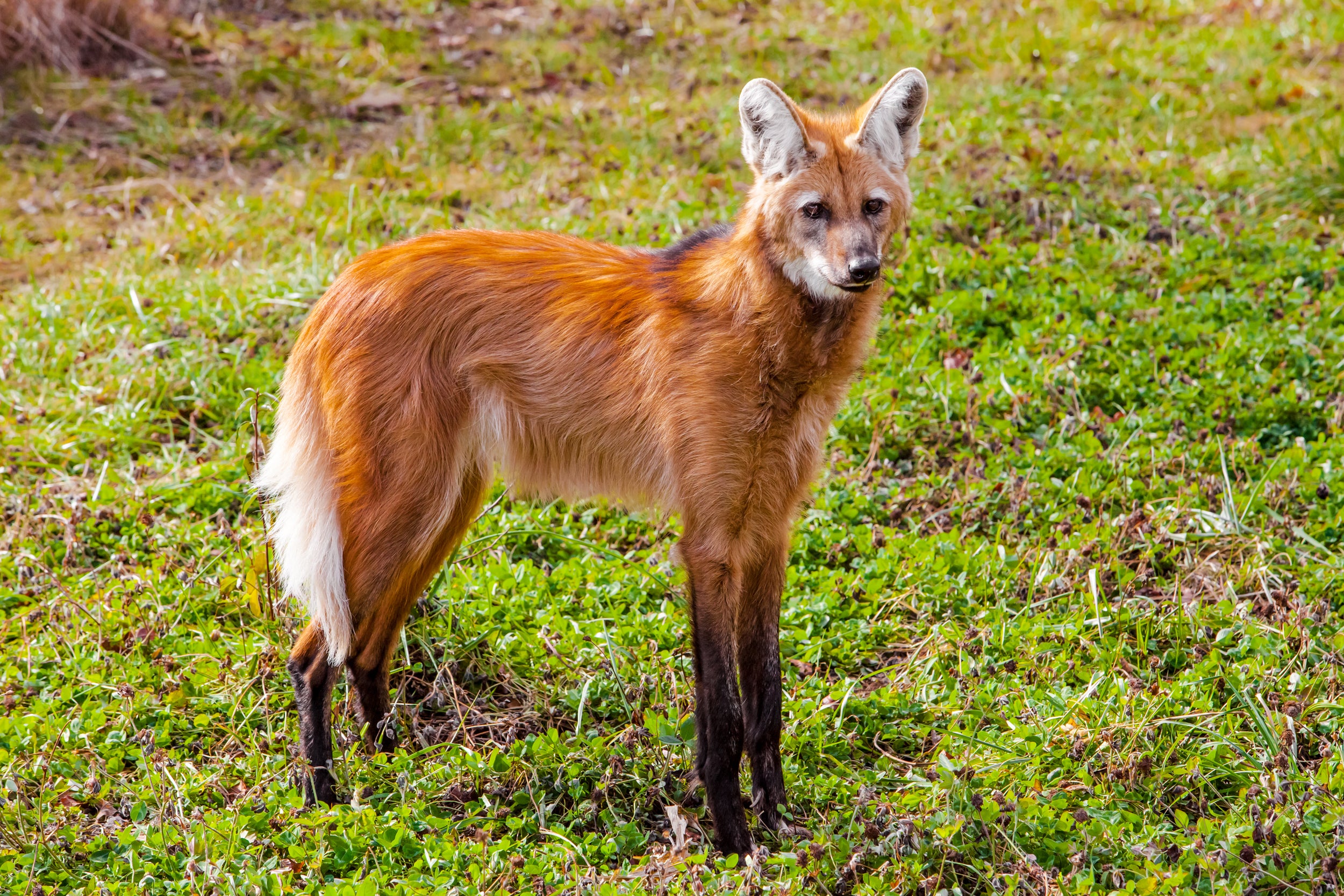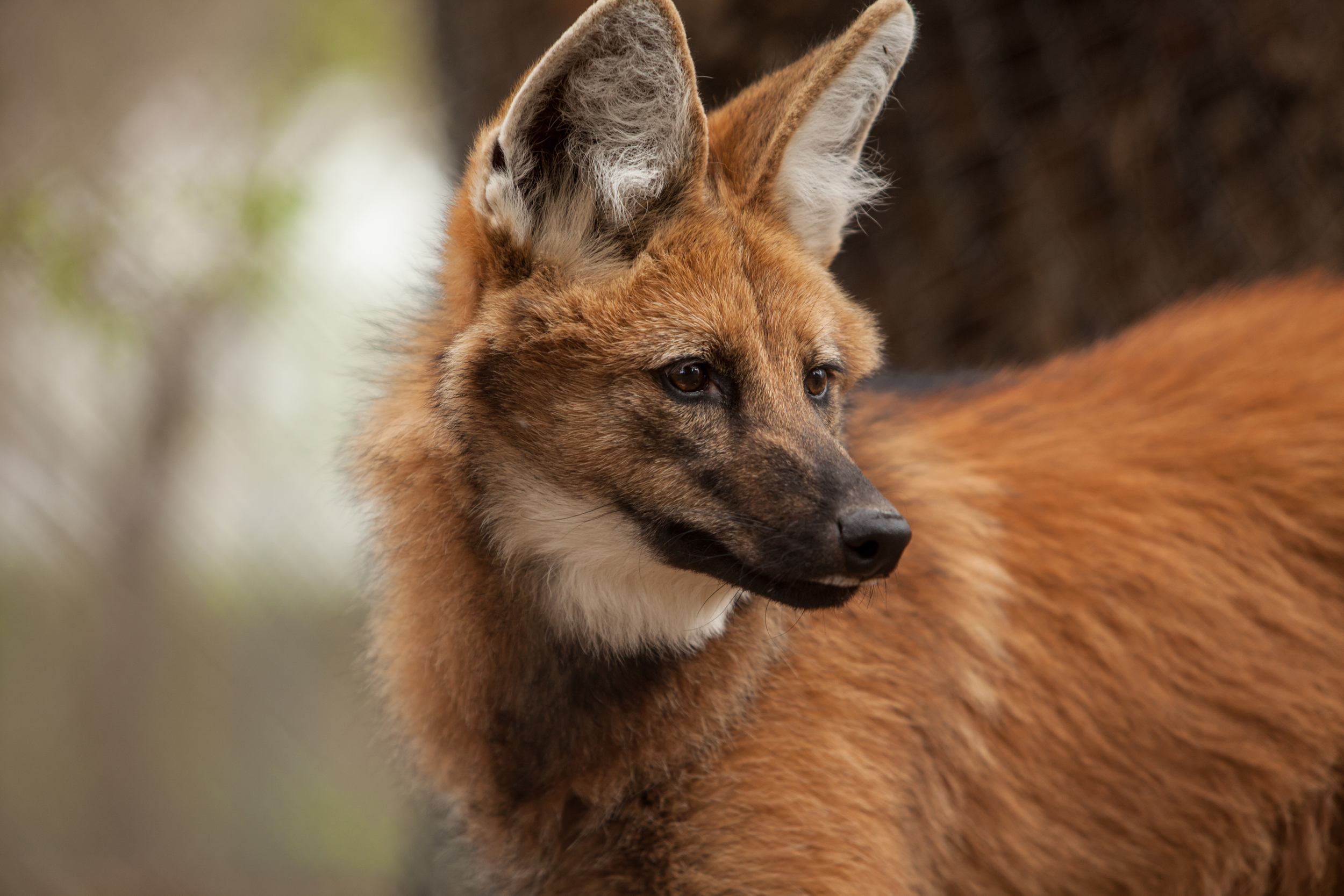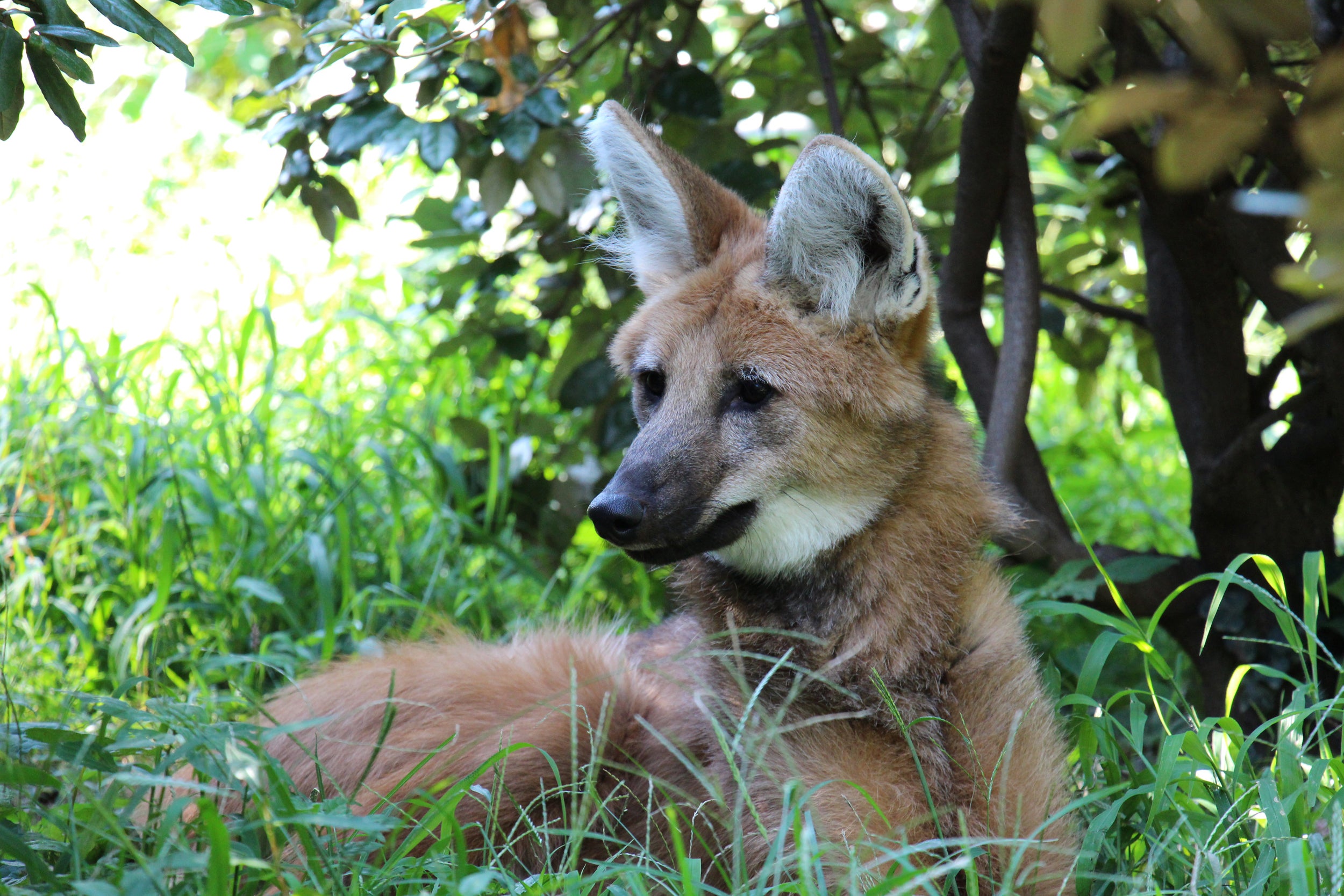Smithsonian Scientists Develop Free Tool To Better Understand How Animals Use Their Home Ranges
Statistical Model Uses Animal Tracking Data To Uncover How Humans Disrupt Species’ Regular Schedules
All across the world, scientists are tracking the movements of animals, collecting considerable data to better understand how animals migrate, what paths they take and what threats they may face along the way. A new statistical model from the Smithsonian Conservation Biology Institute (SCBI) and partners allows researchers for the first time to dig into that data more extensively than ever before to look specifically at whether—and to what extent—humans disrupt the natural behaviors animals exhibit on a repeat schedule.
“This is really a new frontier,” said Justin Calabrese, an SCBI quantitative ecologist and co-author on the study, which was published in the August issue of Ecological Monographs. “Lots of people are collecting movement data right now, but the data has gotten out in front of the methods for analyzing them. This new model opens a door to learn fundamentally new things about so many different species, including how they use their home ranges and whether they will be able to continue to do so in the Anthropocene.”
Many animals revisit particular areas of their home range or territory on a regular daily, weekly or monthly schedule, often to find food, defend their territory or look for mates. These schedules can be critical to the survival and reproduction of species, but many are likely forced to fundamentally alter their behavior in response to human activity. Although biologists have anecdotally observed these behaviors in study species, confirming the observations—and how humans are disrupting these rhythms—has been impossible using animal tracking data, until now.
“Because tracking data are noisy and they result from multiple co-occurring processes, a lot of the behaviors and biology are difficult to identify in tracking data,” said Guillaume Péron, a former Smithsonian fellow and current National Center for Scientific Research (CNRS) research associate in France, and lead author on the paper. “We had to figure out a way to filter out the background noise in the data. Now that we have, we suspect we’re going to see that a lot of species are actually moving around in a much more structured and regular way than we previously thought.”
Based on anecdotal evidence, canids are known to demonstrate structured, repeated movements. So the study’s authors tested the new model on data collected for two canid species that live on opposite ends of a spectrum of habitat disturbance—maned wolves, which live in relatively intact natural habitats in South America, and coyotes, which can be found in urban and human-dominated landscapes in North America.
As a result, the researchers were able to provide statistical evidence that maned wolves cope poorly with human disturbance, while coyotes adapt their behaviors to thrive in highly disturbed areas. Conservationists could use this evidence to focus efforts on setting aside more natural areas for maned wolves.
Because the study’s authors have provided a freely available software package for tracking data that includes this new method, any researcher can use the tool to do the same kind of analysis on all kinds of species.
“We want to enable anybody who’s collecting these kinds of data to ask similar questions of their species,” Calabrese said. “This is just one more piece in the puzzle helping us to understand end-to-end how a species is using its environment, how it’s making its movement decisions and how those things might be sensitive to human-induced land-use changes, climate change, etc. With this biological information in hand, we hope conservationists can implement even more effective methods of protecting species.”
The paper’s additional authors are Peter Leimgruber, SCBI; Christen Fleming, SCBI and the University of Maryland, College Park; Rogerio de Paula, National Research Center for Carnivore Conservation; Numi Mitchell, the Conservation Agency; and Michael Strohbach, Institute of Geoecology.
# # #
Related Species:
Image Gallery
